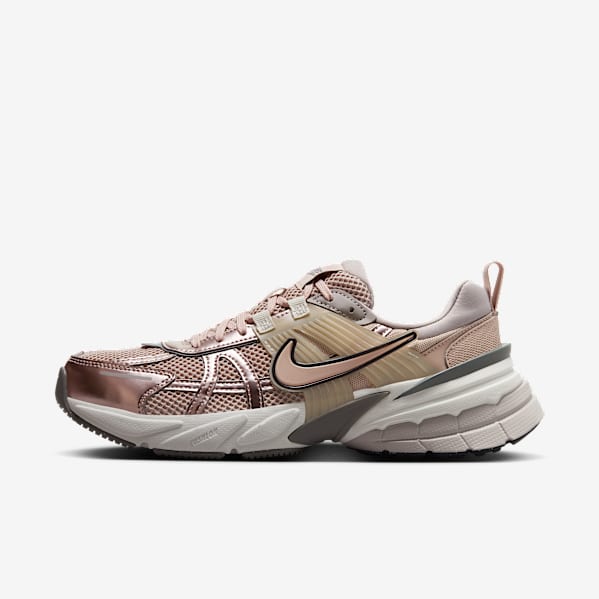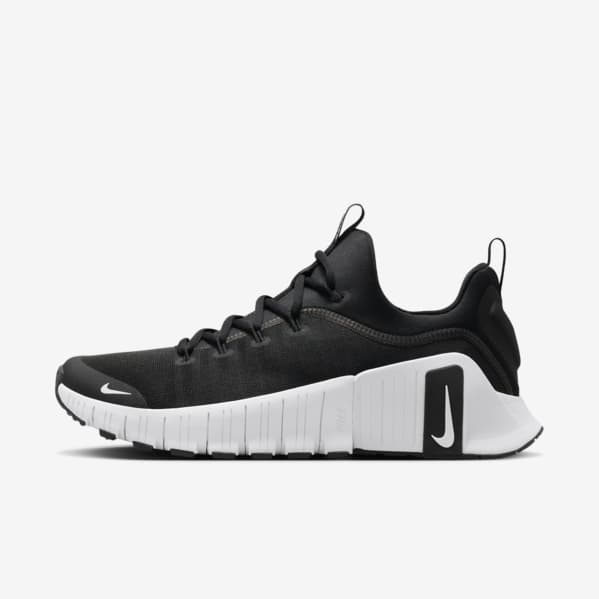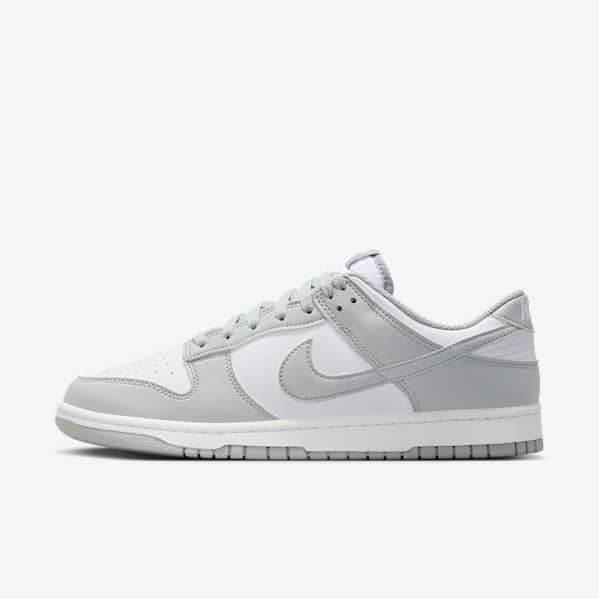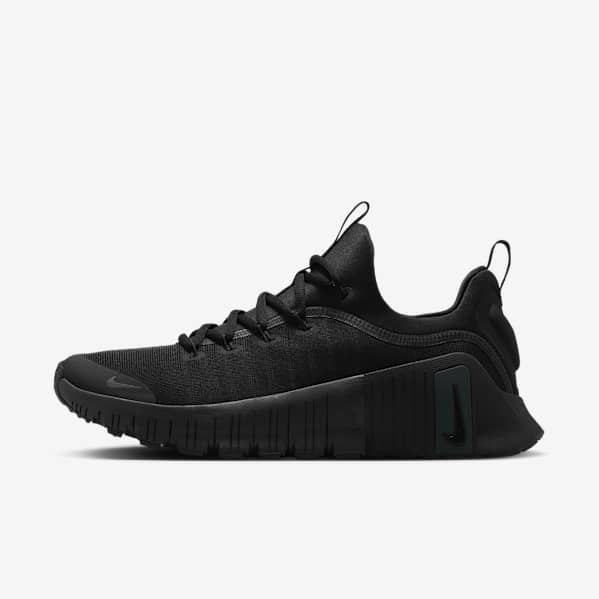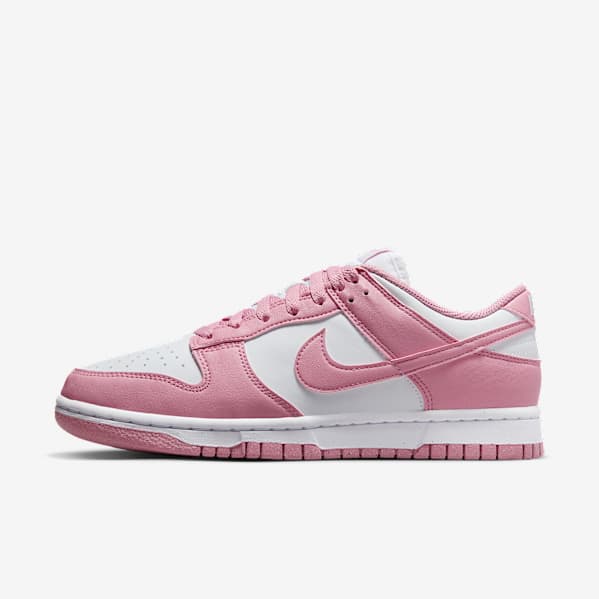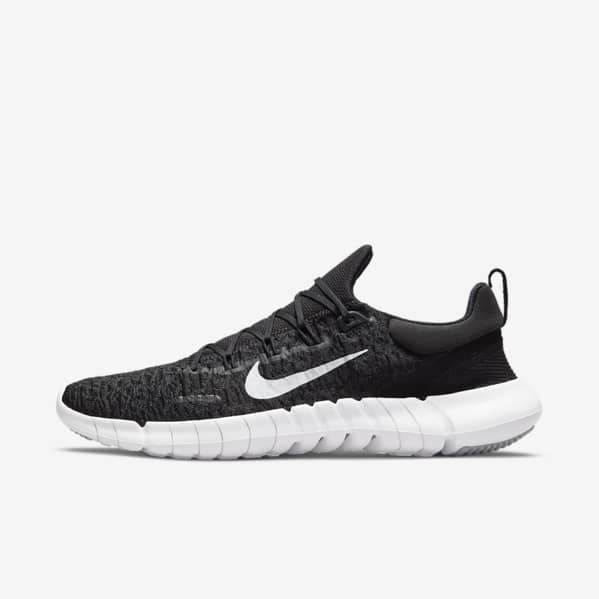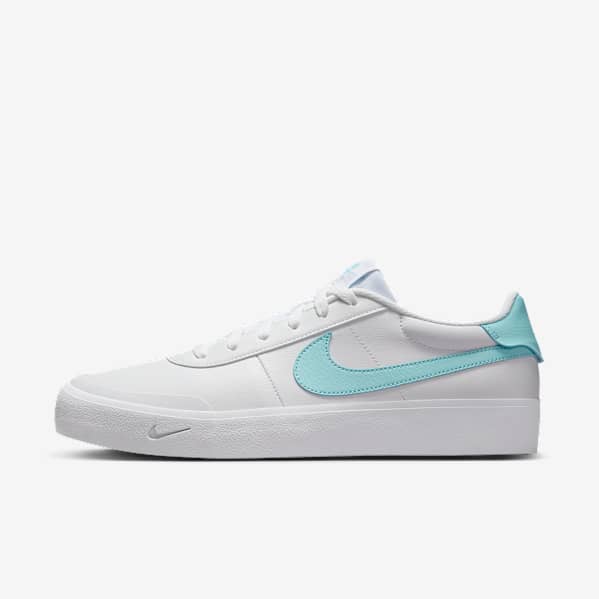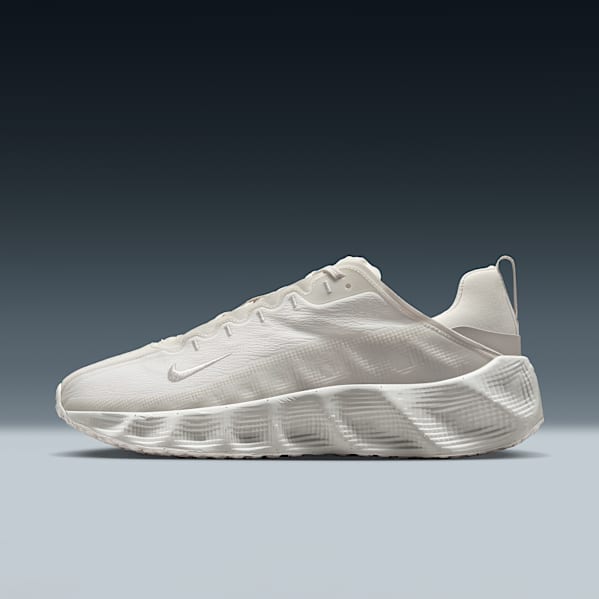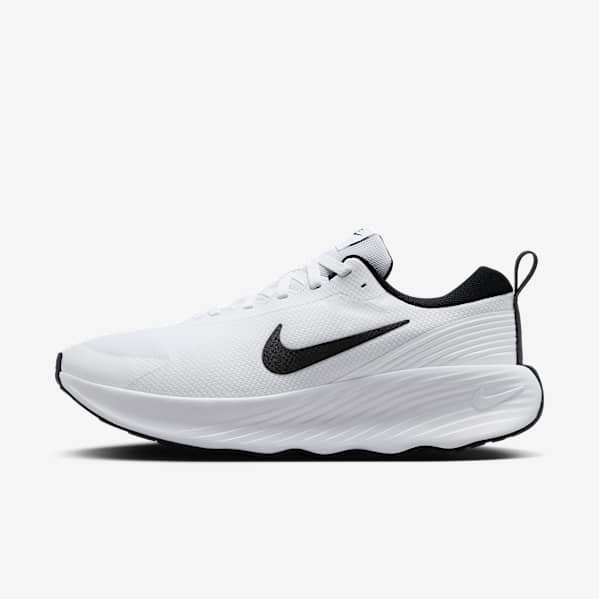Analyze This: How Data Fuels Design
Innovation
We’re innovating data analytics to up the recycled content of classic shoes. But the visual changes are so subtle we bet you can’t spot ’em.
Presented by Move to Zero: Nike’s Journey toward zero carbon and zero waste to help protect the future of sport.
If you want to make a difference through product design, materials are a good place to start.
Around 70 percent of Nike’s carbon footprint comes from materials. So, even small tweaks can significantly reduce our emissions.
“We knew we had a responsibility to change our materials,” says footwear materials developer, Isabel Torres in reference to Nike’s Air Max product line. “It's like turning off the water when you're brushing your teeth — it just makes sense.”
But even common-sense switches can be hard without the right information. That’s where data comes in.
“One role of data is helping designers bring their vision to life,” says Nina Watkins, who is part of a team of data analysts giving designers the tools to make better decisions about materials. So how do they do it?
Advancements in sustainably minded design are possible because of data analysts like Nina Watkins, pictured above.
Weighing the Options
If you ever wondered how recycled content is measured — well, that’s up to someone like Nina to figure out.
“The calculation is essentially basic algebra,” Nina says. “But it takes a lot of teamwork to make this come to life.” The biggest challenge is tracking the recycled content of every component from every supplier — no small task.
“It was a brand-new process, so we were figuring things out as we went along,” she continues. “In the beginning, I was physically weighing each component of the shoe one by one on a kitchen scale.”
To determine a shoe’s recycled content, Nina used a kitchen scale to weigh each component.
How to measure a shoe’s recycled content:
- Take each component’s percentage of recycled content.
- Multiply by that component’s weight to get the recycled weight of that component.
- Add those recycled weights up (x dozens of shoe parts).
- Divide the total recycled weight by the total finished product weight of the shoes.
- Final number = percent recycled content by weight for a pair of shoes. Boom.
“Now, with the incredible help of our factory partners, we have been able to scale this original methodology,” says Nina. “They not only manufacture our shoes but also meticulously weigh each and every component before each sample round.”
That scaled-up data flow arms Nike designers with vital information about the materials in their toolkit — whether they’re developing new shoes or reimagining classic designs.
Grace (left) and Isabel use data to make informed design decisions.
Data in Action
An example of this data-empowered decision-making in action is the subtle transformation of the Nike Air Max 90, 95 and 97 shoes for women.
“These shoes are icons,” says Grace Lee, senior materials designer. “But Nike is all about innovation and constantly looking for ways to improve. In this case, we knew we could evolve these shoes to use more recycled materials.”
Their goal was to update key shoes in the Air Max line — one of Nike’s most popular.
Grace Lee, senior materials designer, compares material palettes.
They called the project Better Essentials. “Better” because the goal was to have more recycled materials than the originals. “Essential” because the sustainably minded version couldn’t take away from what made the originals so well-known.
“We obsessed over the details — the feel, smell, touch, everything,” says product line manager Negin Mani. “So that Nike fans get the same product, which just so happens to help lower environmental impact by using recycled materials.”
Examples of the final product of the Better Essentials project: Nike Air Max 95 shoes made with at least 20% recycled content by weight.
Dialing In the Design
In the end, having data and analytical tools allowed the team to make innovative material choices — they updated everything from laces to the lining to the midsole using recycled, lower-impact alternatives.
The result: shoes with at least 20 percent recycled content by weight.
That transformation isn’t meant to be jarring. A true Air Max fan shouldn’t be able to spot the change in materials.
Did the team succeed?
“I'm a material expert, and I can’t tell the difference between the original and the sustainable materials,” says Grace.
Sounds like a win.
For more: Visit Nike.com/Sustainability to follow each step in our journey and discover new ways we can Move to Zero carbon and zero waste together.
Photography: Ariel Fisher
Words: Sallie Stacker
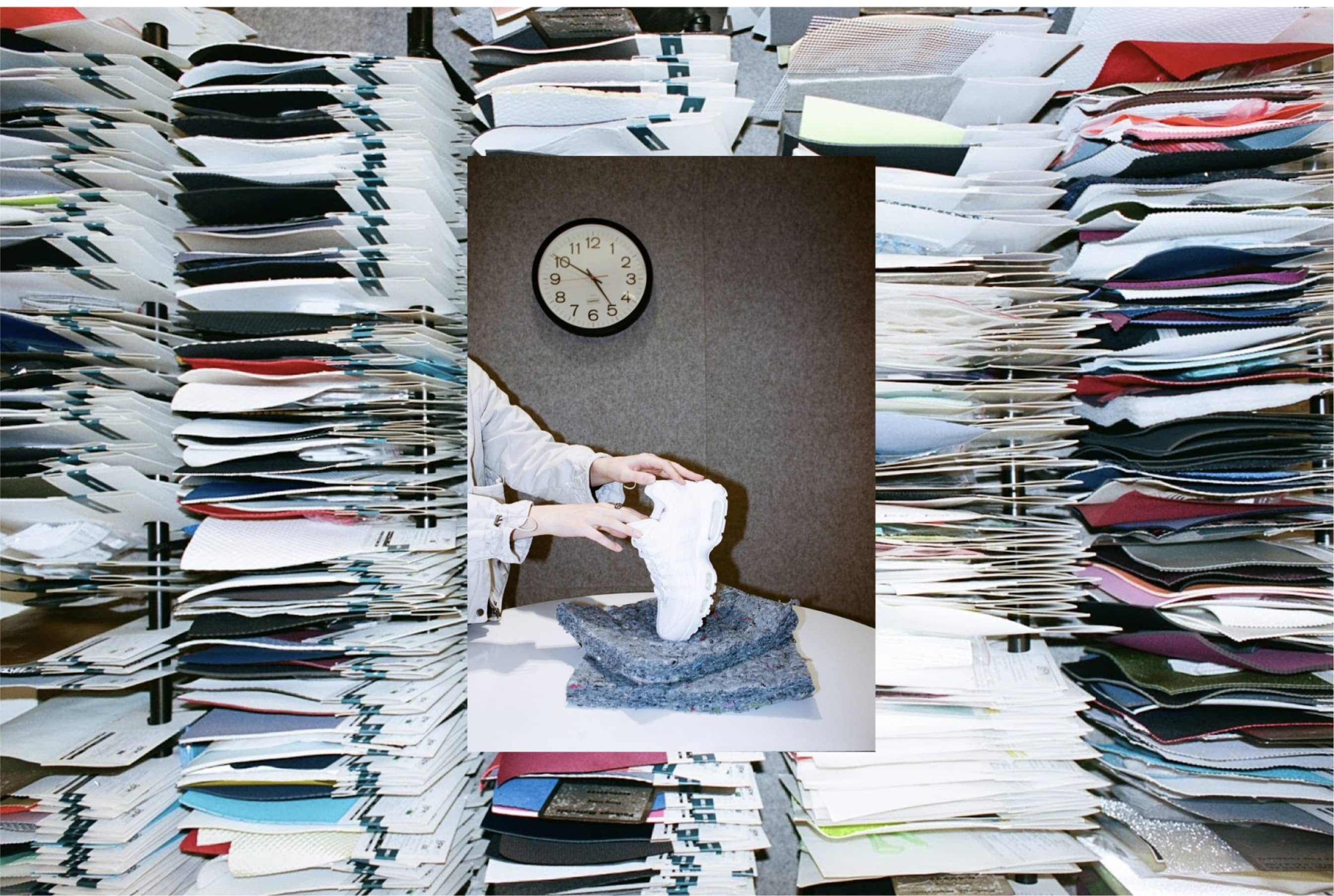
Presented by Move to Zero: Nike’s Journey toward zero carbon and zero waste to help protect the future of sport.
If you want to make a difference through product design, materials are a good place to start.
Around 70 percent of Nike’s carbon footprint comes from materials. So, even small tweaks can significantly reduce our emissions.
“We knew we had a responsibility to change our materials,” says footwear materials developer, Isabel Torres in reference to Nike’s Air Max product line. “It's like turning off the water when you're brushing your teeth — it just makes sense.”
But even common-sense switches can be hard without the right information. That’s where data comes in.
“One role of data is helping designers bring their vision to life,” says Nina Watkins, who is part of a team of data analysts giving designers the tools to make better decisions about materials. So how do they do it?

Advancements in sustainably minded design are possible because of data analysts like Nina Watkins, pictured above. To
determine a shoe’s recycled content, Nina used a kitchen scale to weigh each component.
Weighing the Options
If you ever wondered how recycled content is measured — well, that’s up to someone like Nina to figure out.
“The calculation is essentially basic algebra,” Nina says. “But it takes a lot of teamwork to make this come to life.” The biggest challenge is tracking the recycled content of every component from every supplier — no small task.
“It was a brand-new process, so we were figuring things out as we went along,” she continues. “In the beginning, I was physically weighing each component of the shoe one by one on a kitchen scale.”

Grace (left), Negin (center) and Isabel use data so they can make informed design decisions and choose the most
sustainable materials possible.
How to measure a shoe’s recycled content:
- Take each component’s percentage of recycled content.
- Multiply by that component’s weight to get the recycled weight of that component.
- Add those recycled weights up (x dozens of shoe parts).
- Divide the total recycled weight by the total finished product weight of the shoes.
- Final number = percent recycled content by weight for a pair of shoes. Boom.
“Now, with the incredible help of our factory partners, we have been able to scale this original methodology,” says Nina. “They not only manufacture our shoes but also meticulously weigh each and every component before each sample round.”
That scaled-up data flow arms Nike designers with vital information about the materials in their toolkit — whether they’re developing new shoes or reimagining classic designs.
Data in Action
An example of this data-empowered decision-making in action is the subtle transformation of the Nike Air Max 90, 95 and 97 shoes for women.
“These shoes are icons,” says Grace Lee, senior materials designer. “But Nike is all about innovation and constantly looking for ways to improve. In this case, we knew we could evolve these shoes to use more recycled materials.”
Their goal was to update key shoes in the Air Max line — one of Nike’s most popular.

“We knew we could evolve shoes to use more sustainable materials,” says materials designer Grace Lee, pictured here.
They called the project Better Essentials. “Better” because the goal was to have more recycled materials than the originals. “Essential” because the sustainably minded version couldn’t take away from what made the originals so well-known.
“We obsessed over the details — the feel, smell, touch, everything,” says product line manager Negin Mani. “So that Nike fans get the same product, which just so happens to help lower environmental impact by using recycled materials.”

Footwear materials developer Isabel Torres (left) at work. Examples of the final
product of the Better Essentials project (right).
Dialing In the Design
In the end, having data and analytical tools allowed the team to make innovative material choices — they updated everything from laces to the lining to the midsole using recycled, lower-impact alternatives.
The result: shoes with at least 20 percent recycled content by weight.
That transformation isn’t meant to be jarring. A true Air Max fan shouldn’t be able to spot the change in materials.
Did the team succeed?
“I'm a material expert, and I can’t tell the difference between the original and the sustainable materials,” says Grace.
Sounds like a win.
For more: Visit Nike.com/Sustainability to follow each step in our journey and discover new ways we can Move to Zero carbon and zero waste together.
Photography: Ariel Fisher
Words: Sallie Stacker
